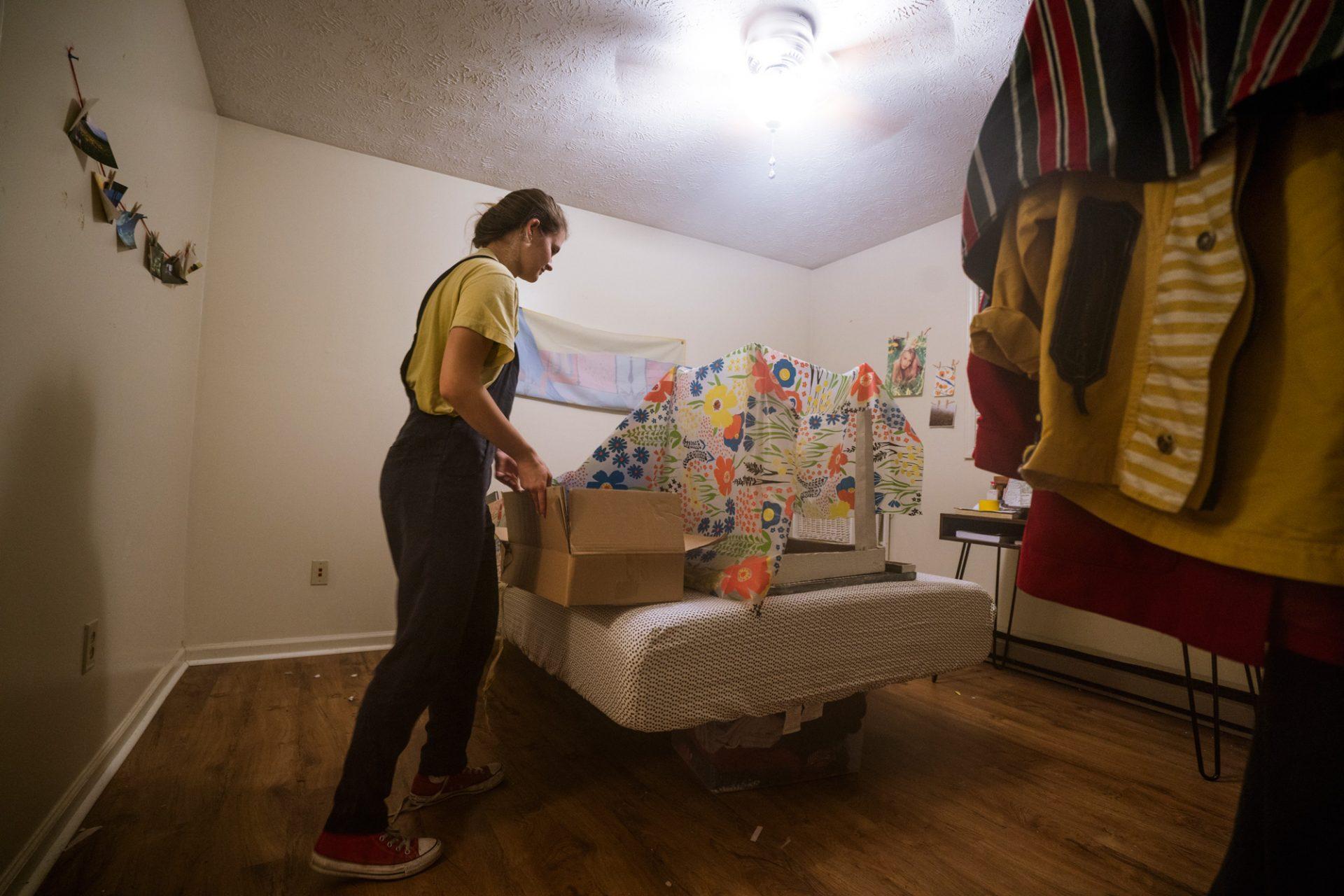Florence ripped through Boone Saturday afternoon through Monday morning leaving behind wet roads and overflowing rivers.
Boone received a total of 6.07 inches of rain as of 2 p.m. Monday according to NOAA.
App State police and App State’s emergency management team were on call 24/7 to deal with problems that arose for students, faculty and staff.
“We activated the campus emergency operations center and provided 24 hour support to campus throughout the weekend and into Monday,” Jason Marshburn, director of environmental health, safety, and emergency management, said in a email.
Marshburn also said the operations center was the central coordination point between local community partners to make sure timely information was shared and the needs of the campus community were met.
App State police also played various roles during the storm.
“In addition to the normal staffing required to respond to calls for service on campus, additional officers were brought in, as a precaution, so that we could effectively respond to incidents or emergencies that arose during the severe weather,” Andy Stephenson, chief of app state police, said in an email. “App State Police served as liaisons in the town’s Emergency Operations Center, as well as representatives in our campus Emergency Operations Center
App State police also provided security to the Quinn Center shelter and monitored areas around campus that commonly flood such as Rankin Hall, Durham Park and Legends.
Marshburn said the emergency shelter in Quinn housed four people Sunday night.
Stephenson said police responded to a fallen tree near Mountaineer Hall and an incident near the football stadium involving a manhole cover.
“Police discovered a flooding related steam issue near the football stadium that created enough pressure to cause concern that a manhole cover was going to blow, which could have caused injury to anyone passing by, or property damage,” Stephenson said. “Officers secured the area and re-directed pedestrians while the issue was repaired.”
Overall campus impact was minimal due to the preparation that took place before the storm hit.
“Our Physical Plant crews, as one example, spent many hours preparing campus,” Marshburn said. “Having classes canceled during the latter part of the week allowed crews (to) take additional measures in areas where flooding was most likely – measures such as closing flood prone parking areas, having sandbags placed in advance of flooding, and using heavy equipment to clear drainage areas, both of which can difficult to do with classes on-going.”
Stephenson’s role during the storm was to oversee emergency management operations, strategically plan responses to arising issues and ensure that Chancellor Everts and the administration were informed of developments.
While the response to the storm is still being evaluated, Marshburn said there is one area of improvement emergency management needs.
“One of our biggest needs is a modern emergency operations center to manage incidents,” Marshburn said. “This is a need that is currently being addressed, and we look forward to having newly equipped space in the near future to provide enhanced coordination and support capabilities during campus incidents.”
Stephenson said he learned a lot from this event, especially when it comes to predicting what will happen when it comes to predicting weather in the mountains.
“The most glaring lesson for me personally was that the mountain regions make accurate, advance predictions of weather systems very difficult, if not impossible,” Stephenson said. “Coming from the flat-lands of Indiana, I did not realize the difficulty that our mountain terrain creates when trying to recommend responses to potential weather related safety hazards.”
He also said he came away from this experience confident that their team of partners on campus can handle major threats to safety.
“I’m very proud of our team of EM and police professionals, and I’m very thankful to have such great partners on campus who work seamlessly together to provide a great environment for our students,” Stephenson said. “At Appalachian, we’re very fortunate to have such a fantastic group of professionals who value the overall student experience and the great work of our faculty and staff members.”
Marshburn said preparedness for Florence started on Sept. 5 and campus leadership was involved from start to finish.
“The overall response to this incident highlights the countless hours spent planning and preparing for campus emergencies and demonstrates the true dedication of the many professionals across campus working to ensure campus safety,” Marshburn said.
Story by: Moss Brennan, News Editor
Photo by: Hayley Canal, Staff Photographer
Featured photo caption: Sophomore Mericlaire Williams clears her bedroom floor before evacuating her flood-prone apartment Friday night.



